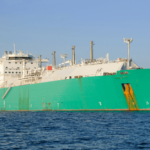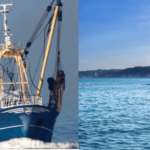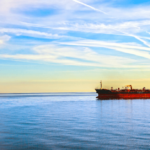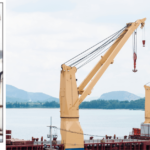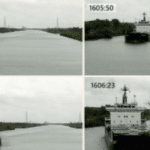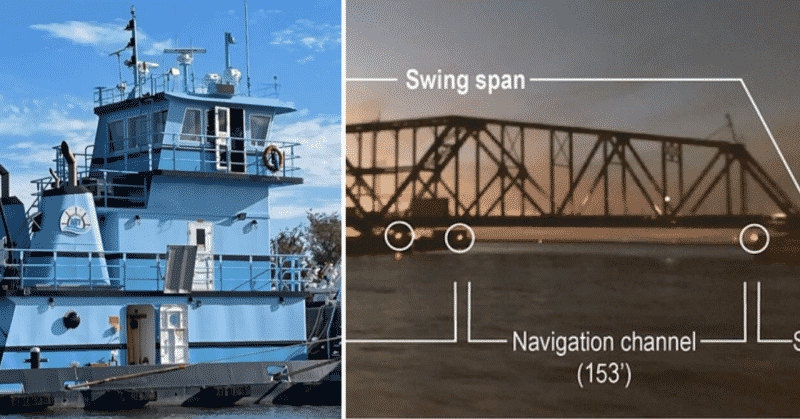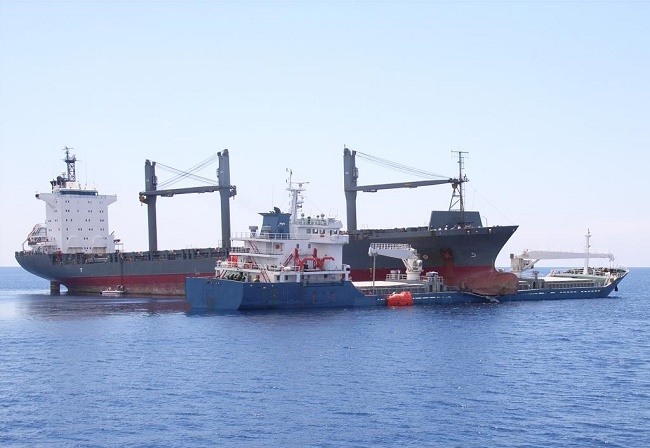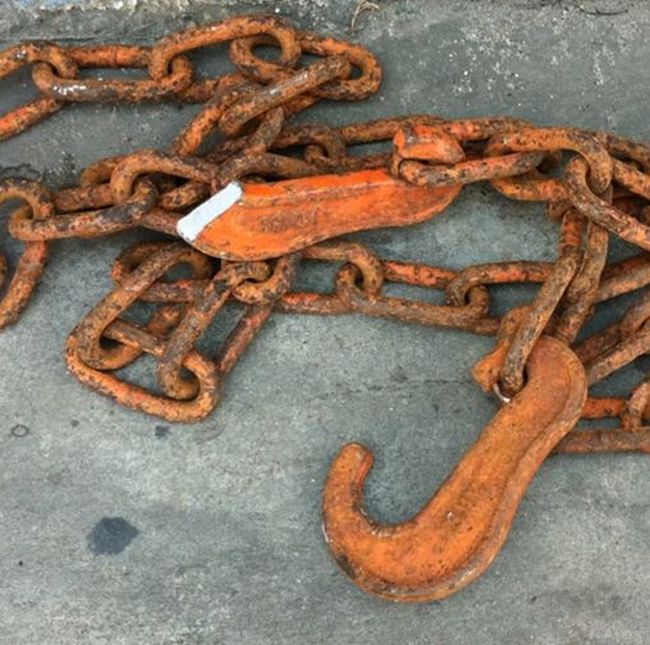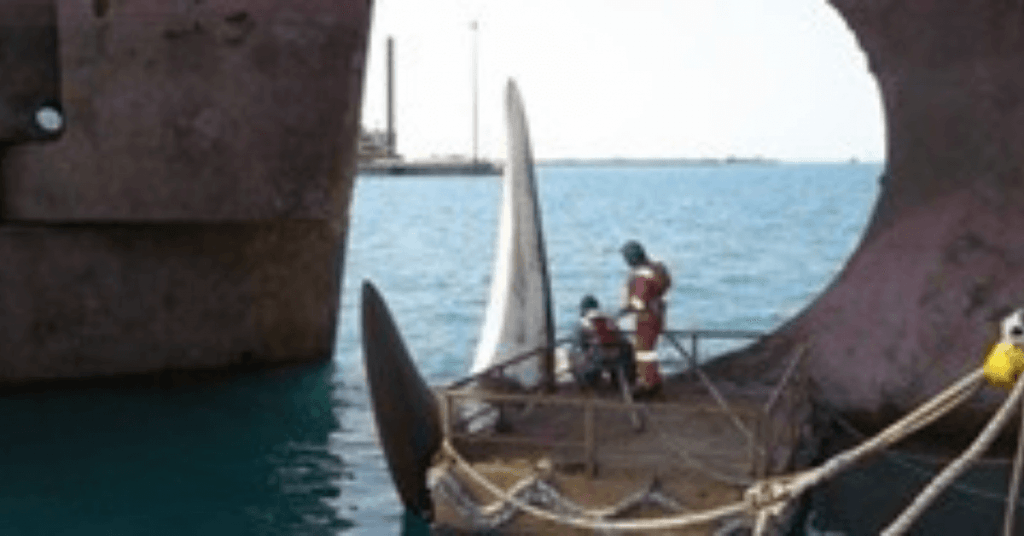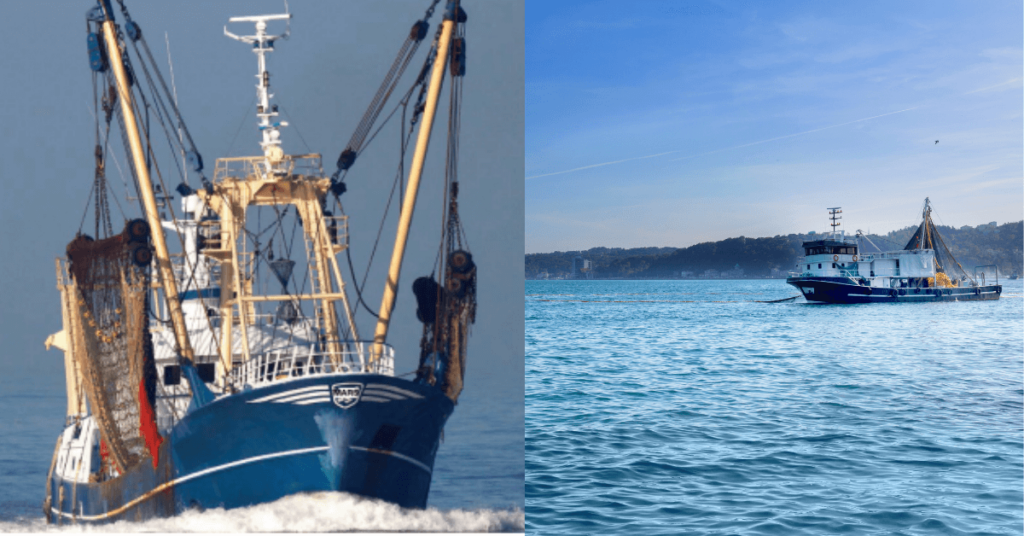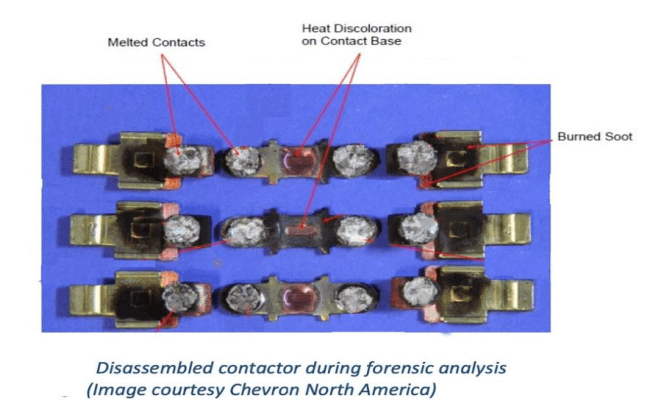Case Study: Maintenance Error Leads To $2.2M Marine Accident
The incorrect installation of a single set screw led to the loss of propulsion control on the Canadian-flagged, 736-foot-long Atlantic Huron, causing the ship to strike a pier at 6.8 knots, the National Transportation Safety Board said Tuesday.
Marine Accident Brief 21/10 is the NTSB report on the July 5, 2020, contact between the self-unloading bulk carrier and a pier associated with the Soo Locks, in Sault Sainte Marie, Michigan, resulting in $2.2 million in damage. There were no injuries.
While on approach to the locks and attempting to slow, there was a propulsion problem involving the vessel’s controllable pitch propeller system that resulted in the ship moving forward with increasing speed instead of slowing or moving astern, as ordered by the captain.
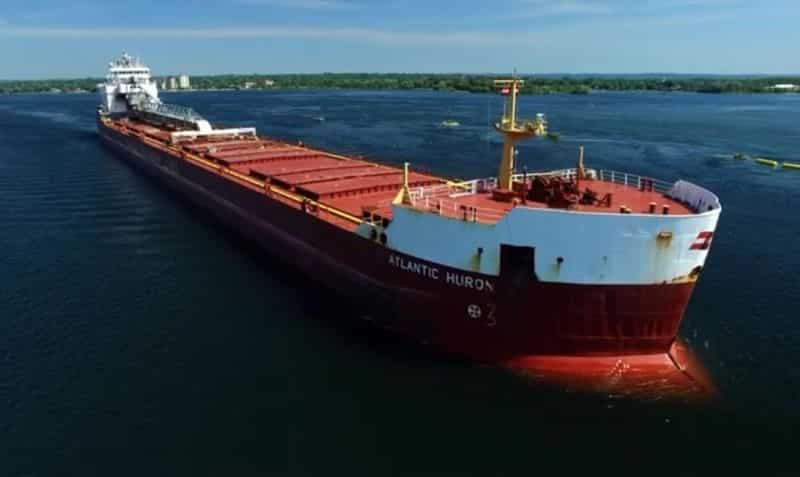
In a controllable pitch propeller, the blades are not fixed in position but are fastened to the hub in a way that allows them to rotate and thereby change pitch. The blade pitch determines both the vessel’s speed and its direction.
NTSB investigators traced the problem back to a small set screw that was installed in a piece of the controllable pitch propeller machinery that controlled pitch. Vessel maintenance records show the set screw was last removed and reinstalled during a shipyard period more than four years before the accident. When the set screw was examined post-accident, technicians found no evidence that any manufacturer-required thread-locking fluid had been applied. As a result, the set screw was able to back out, beginning a sequence of mechanical failures that resulted in the ship moving ahead when it was supposed to be doing the opposite, while still indicating an astern pitch on the ship’s bridge.
NTSB investigators also noted there was a delay between the onset of the propulsion problem and the order to stop the engine.
At the time of the accident, the company’s safety management system procedures aboard the Atlantic Huron did not contain a policy addressing how to respond to a loss of propeller pitch control, NTSB investigators found. Part of a safety management system should address potential emergency shipboard situations and establish ways to respond to them. If the company provided an SMS vessel-specific policy pertaining to the loss of propeller pitch control, crewmembers trained in and familiar with the policy would be better prepared to act quickly and, in this accident, may have been more apt to stop the main engine.
“Loss of propulsion control in a critical phase of operation demands crewmembers act quickly to mitigate potential accidents,” the report said. “Due to their unique blade control, vessels with controllable pitch propellers should have specific procedures for loss of engine and loss of pitch control. These emergency procedures should be well understood and practiced by crewmembers both on the bridge and in the engine room.”
Marine Accident Brief 21/10 is available online at https://go.usa.gov/xHQEV.
Press Release
Disclaimer :
The information contained in this website is for general information purposes only. While we endeavour to keep the information up to date and correct, we make no representations or warranties of any kind, express or implied, about the completeness, accuracy, reliability, suitability or availability with respect to the website or the information, products, services, or related graphics contained on the website for any purpose. Any reliance you place on such information is therefore strictly at your own risk.
In no event will we be liable for any loss or damage including without limitation, indirect or consequential loss or damage, or any loss or damage whatsoever arising from loss of data or profits arising out of, or in connection with, the use of this website.
Do you have info to share with us ? Suggest a correction
Disclaimer :
The information contained in this website is for general information purposes only. While we endeavour to keep the information up to date and correct, we make no representations or warranties of any kind, express or implied, about the completeness, accuracy, reliability, suitability or availability with respect to the website or the information, products, services, or related graphics contained on the website for any purpose. Any reliance you place on such information is therefore strictly at your own risk.
In no event will we be liable for any loss or damage including without limitation, indirect or consequential loss or damage, or any loss or damage whatsoever arising from loss of data or profits arising out of, or in connection with, the use of this website.
About Author
Marine Insight News Network is a premier source for up-to-date, comprehensive, and insightful coverage of the maritime industry. Dedicated to offering the latest news, trends, and analyses in shipping, marine technology, regulations, and global maritime affairs, Marine Insight News Network prides itself on delivering accurate, engaging, and relevant information.

About Author
Marine Insight News Network is a premier source for up-to-date, comprehensive, and insightful coverage of the maritime industry. Dedicated to offering the latest news, trends, and analyses in shipping, marine technology, regulations, and global maritime affairs, Marine Insight News Network prides itself on delivering accurate, engaging, and relevant information.
- Real Life Incidents: Near Miss In Open Water And Good Visibility
- Real Life Incident: Poor Situational Awareness Leads to Collision
- Real Life Incident: Monkey’s Fist Knocks on Office Window
- Real Life Incident: Paint Storage Slip-Up On Ship
- Real Life Incident: Checklist Mentality Is A Burning Problem
- Real Life Incident: Vessel Speed Exacerbates Bank Suction
Latest Case studies Articles You Would Like:
Daily Maritime News, Straight To Your Inbox
Sign Up To Get Daily Newsletters
Join over 60k+ people who read our daily newsletters
By subscribing, you agree to our Privacy Policy and may receive occasional deal communications; you can unsubscribe anytime.




